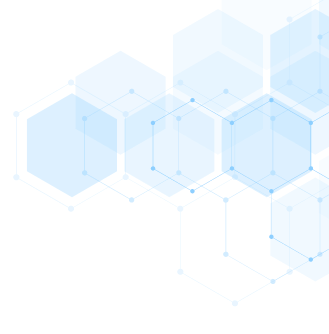DESCRIPTION
Mechanism of Action
• Highly selective antagonist of 5-HT3 receptors.
• 5-HT3 receptors are present centrally, in the chemoreceptor trigger
zone of the area postrema of brain, and peripherally, on vagal nerve
terminals. Antiemetic action of granisetron may be mediated centrally,
peripherally, or at both sites.
• Does not have direct dopamine-receptor antagonist activity.
• Effective in preventing acute chemotherapy-induced nausea and
vomiting.
Absorption
Well-absorbed by the GI tract. Oral bioavailability is about 60%.
Absorption is decreased in the presence of food.
Distribution
Distributes freely between plasma and red blood cells. Approximately
65% of drug is bound by plasma proteins.
Metabolism
Undergoes extensive metabolism in the liver by the cytochrome P450
microsomal system. Main routes of metabolism include N-demethylation
and oxidation followed by conjugation. Some of the metabolites may have
5-HT3 antagonist activity. About 11% of an administered dose is recovered as
the parent compound in the urine. The mean elimination half-life in adult
cancer patients ranges from 2.9 to 6.2 hours.
Indications
1. Prevention of nausea and vomiting associated with initial and repeat
courses of emetogenic cancer chemotherapy, including high-dose
cisplatin.
2. Prevention of nausea and vomiting associated with radiation, including
total body irradiation and fractionated abdominal radiation (oral
solution and tablets only).
3. Prevention of postoperative nausea and vomiting (PONV) (injection
only).
Dosage Range
1. Oral: Recommended dose is 2 mg PO once daily given 1 hour before
chemotherapy. An alternative regimen is 1 mg PO bid with the first
1 mg dose given 1 hour before chemotherapy and the second dose
given 12 hours after the first dose.
2. Oral: An alternative regimen is 10 mL of oral solution (2 teaspoons)
given 1 hour before chemotherapy.
3. For the prevention of radiotherapy-induced nausea and vomiting: 2 mg
PO once daily (oral) to be taken within 1 hour of radiation therapy.
4. IV: Recommended dose is 10 mg/kg IV administered 30 minutes
before chemotherapy, only on days of chemotherapy.
5. IV: Recommended dose for prevention of PONV is 1 mg IV, administered
before induction of anesthesia or immediately before reversal
of anesthesia.
6. Transdermal: Recommendation is to apply a single transdermal
patch to the upper outer arm a minimum of 24 hours before chemotherapy.
The patch may be applied up to a maximum of 48 hours
before chemotherapy. Remove the patch a minimum of 24 hours
after completion of chemotherapy. The patch can be worn for up to
7 days depending on the duration of the chemotherapy regimen.
Special Considerations
1. No dose adjustment is required in elderly patients or in those with
hepatic and/or renal impairment.
2. There appears to be little difference in clinical efficacy between oral
dosing of 1 mg bid or a single daily dose of 2 mg.
3. Granisetron is especially effective when combined with dexamethasone
in treating cisplatin-associated nausea and vomiting.
4. Granisetron does not induce or inhibit the liver microsomal P450
system.
5. Granisetron can be administered by IV in pediatric patients ages 2–16.
6. Baseline and periodic evaluations of EKG and electrolyte status
should be performed while on therapy. Use with caution in patients
at risk of developing QT prolongation, including hypokalemia,
hypomagnesemia, and congenital long QT syndrome, and in
patients taking antiarrhythmic medications or any other drugs that
may cause QT prolongation.
7. Pregnancy category B. Breastfeeding should be avoided.
Toxicity 1
Headache is the most common side effect (15%–20%).
Toxicity 2
Constipation, diarrhea, and/or abdominal pain.
Toxicity 3
Asthenia.
Toxicity 4
Transient elevations in LFTs. Usually clinically asymptomatic.
Toxicity 5
Hypersensitivity reactions with dyspnea, skin rash, urticaria, bronchospasm,
and hypotension have been reported in rare instances.
Toxicity 6
Cardiac toxicity in the form of QTc prolongation.
SPECIFICATION


Login To Comment